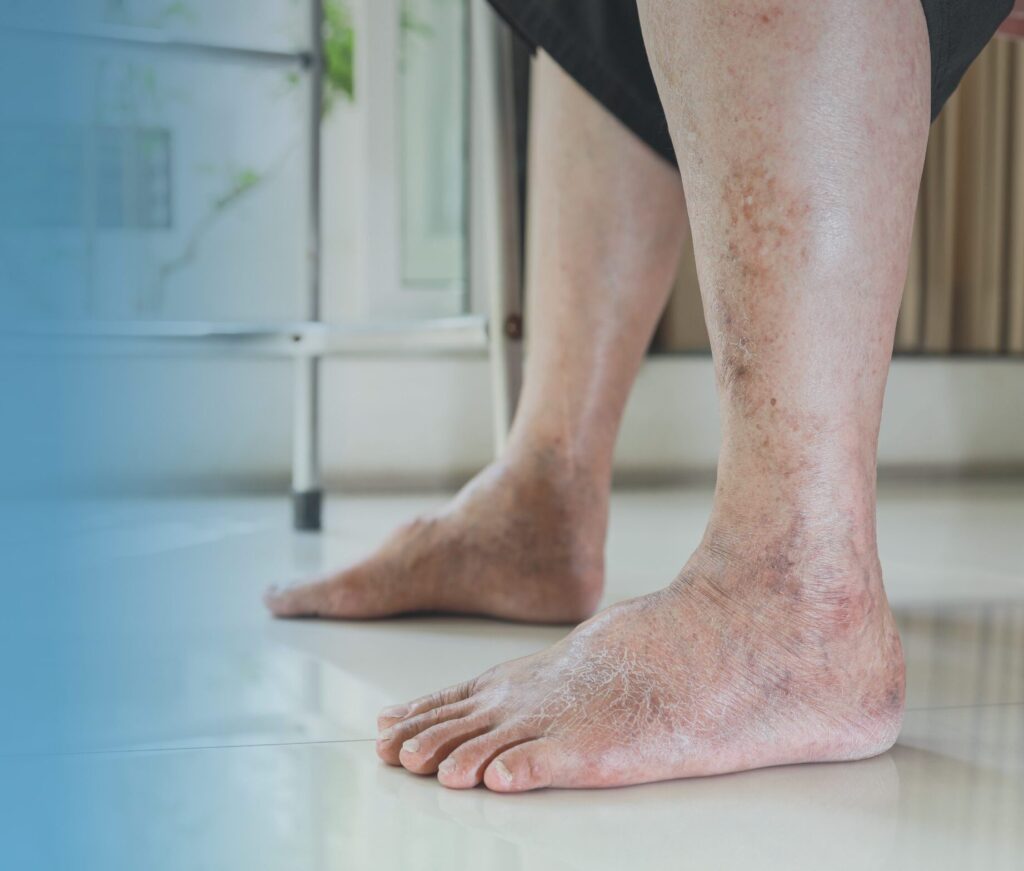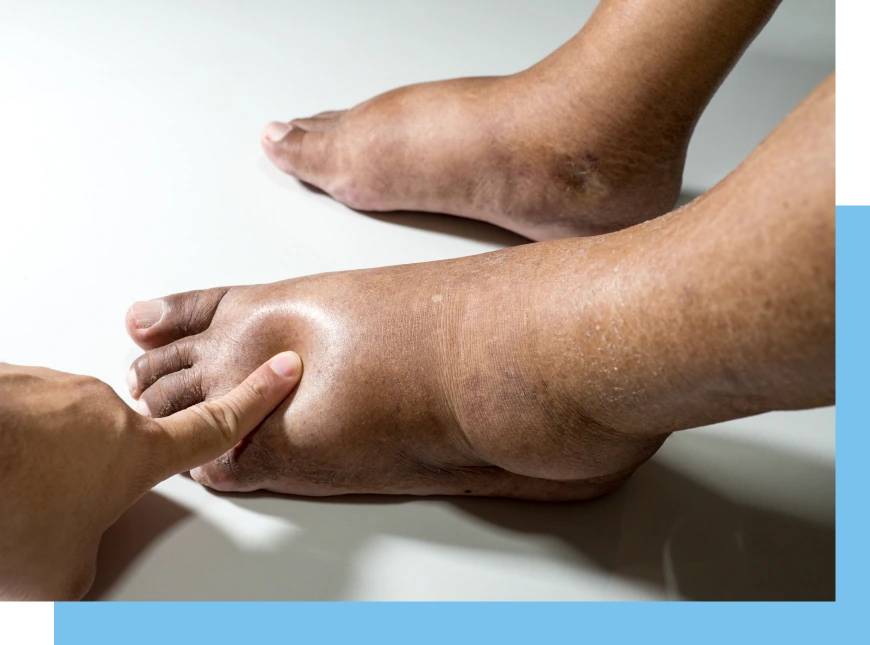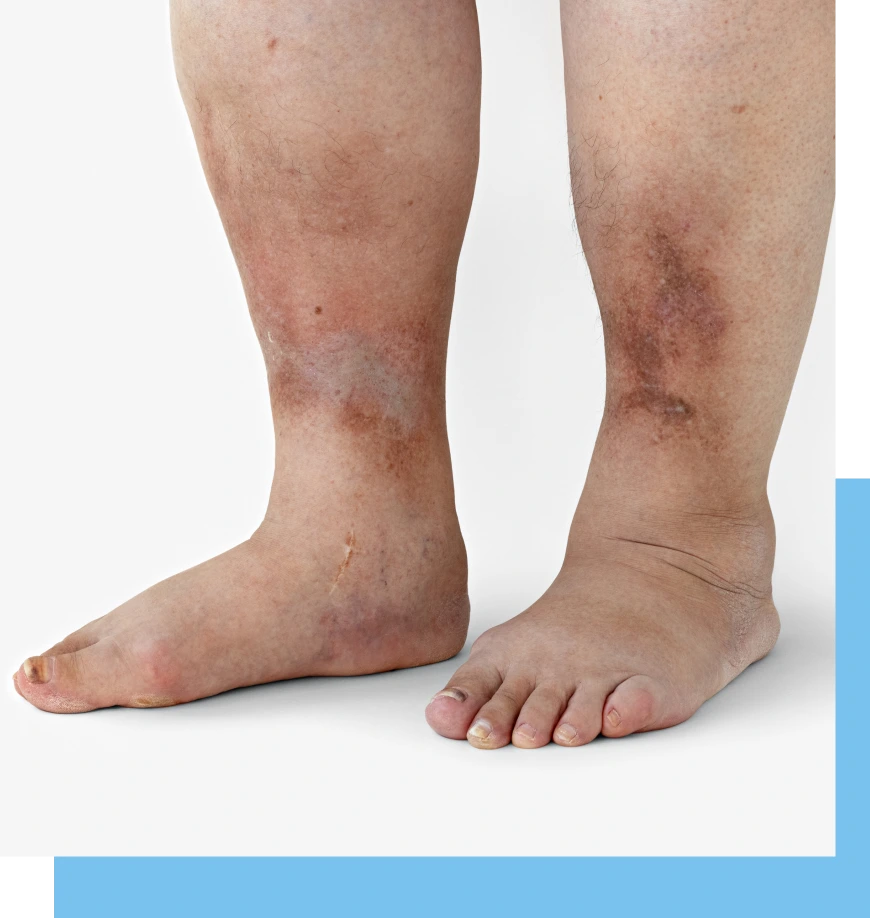Maintaining Foot Health With Diabetes
There are many ways to maintain healthy feet when dealing with diabetes. Most importantly, you want to ensure that you manage your blood glucose levels, otherwise known as blood sugar. You should also check your feet daily. As mentioned before, it is essential to recognize whether your feet have cuts, sores, blisters, plantar warts, ingrown toenails, or other troubling foot conditions to stay ahead of the problem and protect yourself from further harm.
Along with foot checks, you should wash and dry your feet daily using lukewarm water. It may also be helpful to moisturize your feet a few times a week, especially if they are prone to dryness. Please be advised, however, to avoid moisturizing between the toes, as this area will not dry properly.
Another rule you may want to follow is to ensure you are cutting your toenails straight across. You should also refrain from digging into the sides of the toes; this will help prevent the development of an ingrown toenail. If you do happen to develop a corn or callus, never treat it yourself; seek the help of a professional. It may also be beneficial to look into socks made specifically for those with diabetes to help provide yourself with extra cushioning. You should refrain from walking barefoot, as well as avoid smoking, as it restricts the blood flow to your feet.
In certain severe cases, you may notice a cut, blister, or bruise that is not healing after a few days. If this occurs, it is essential to seek the help of a professional. Other warning signs include redness, swelling, a callus with dried blood inside, an infection that causes foot discoloration, and an odor.
If you would like more information on how to maintain healthy feet while living with diabetes, seek the assistance of a podiatrist who can provide you with the tips needed for healthy foot care. Dr. Curson offers detailed information about treatment options that best suit your case.





